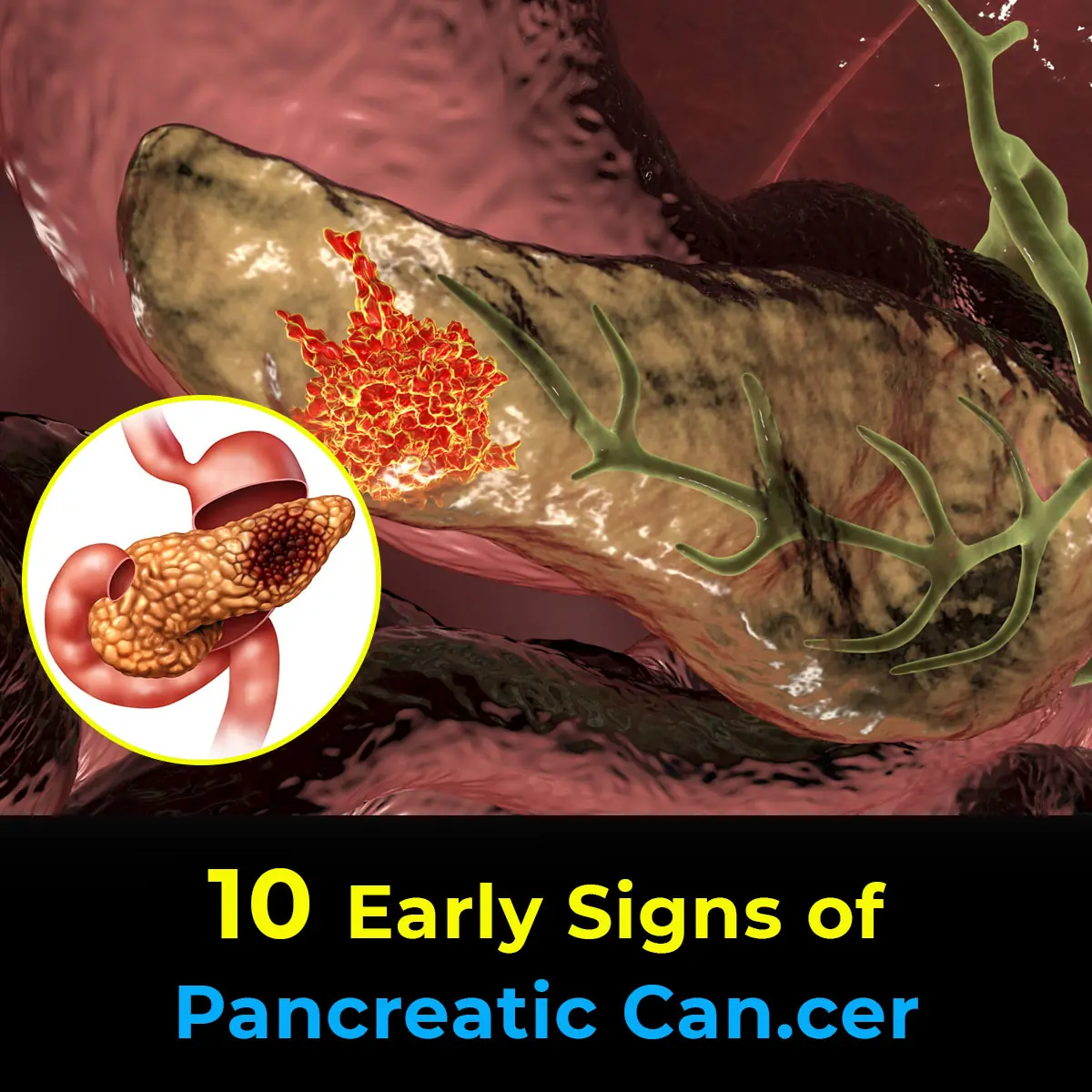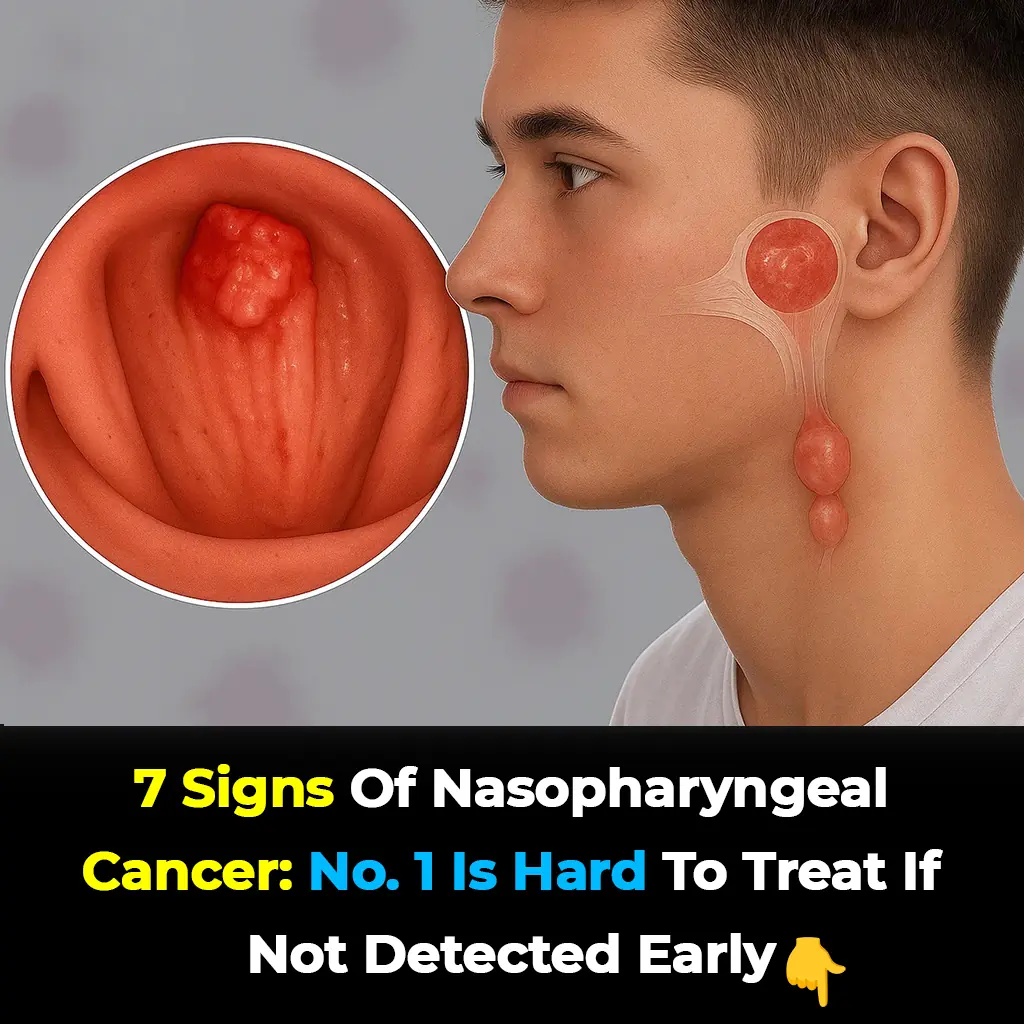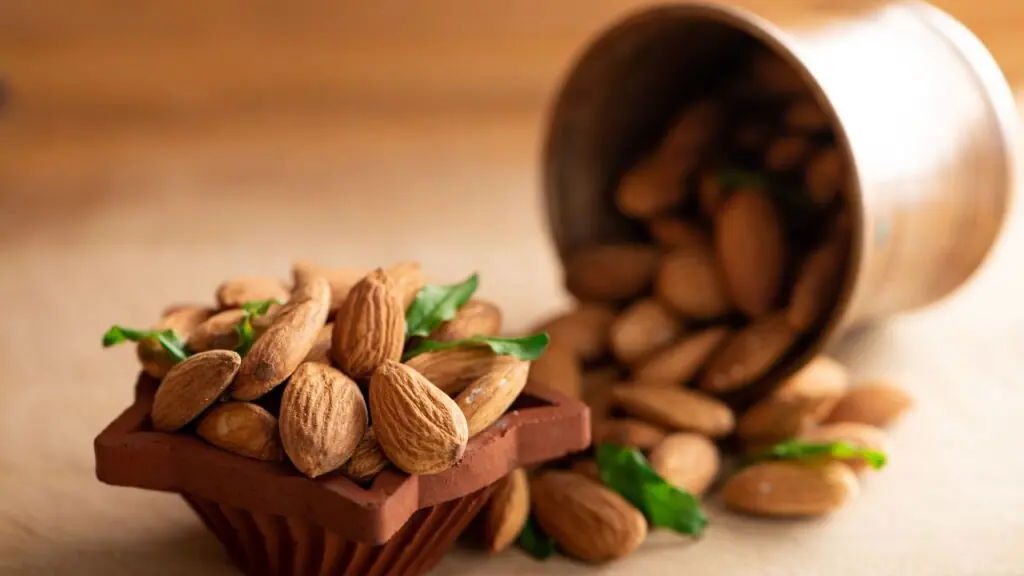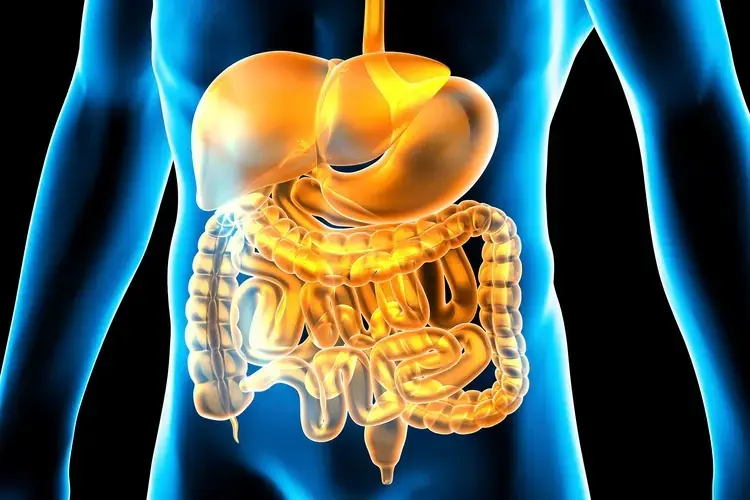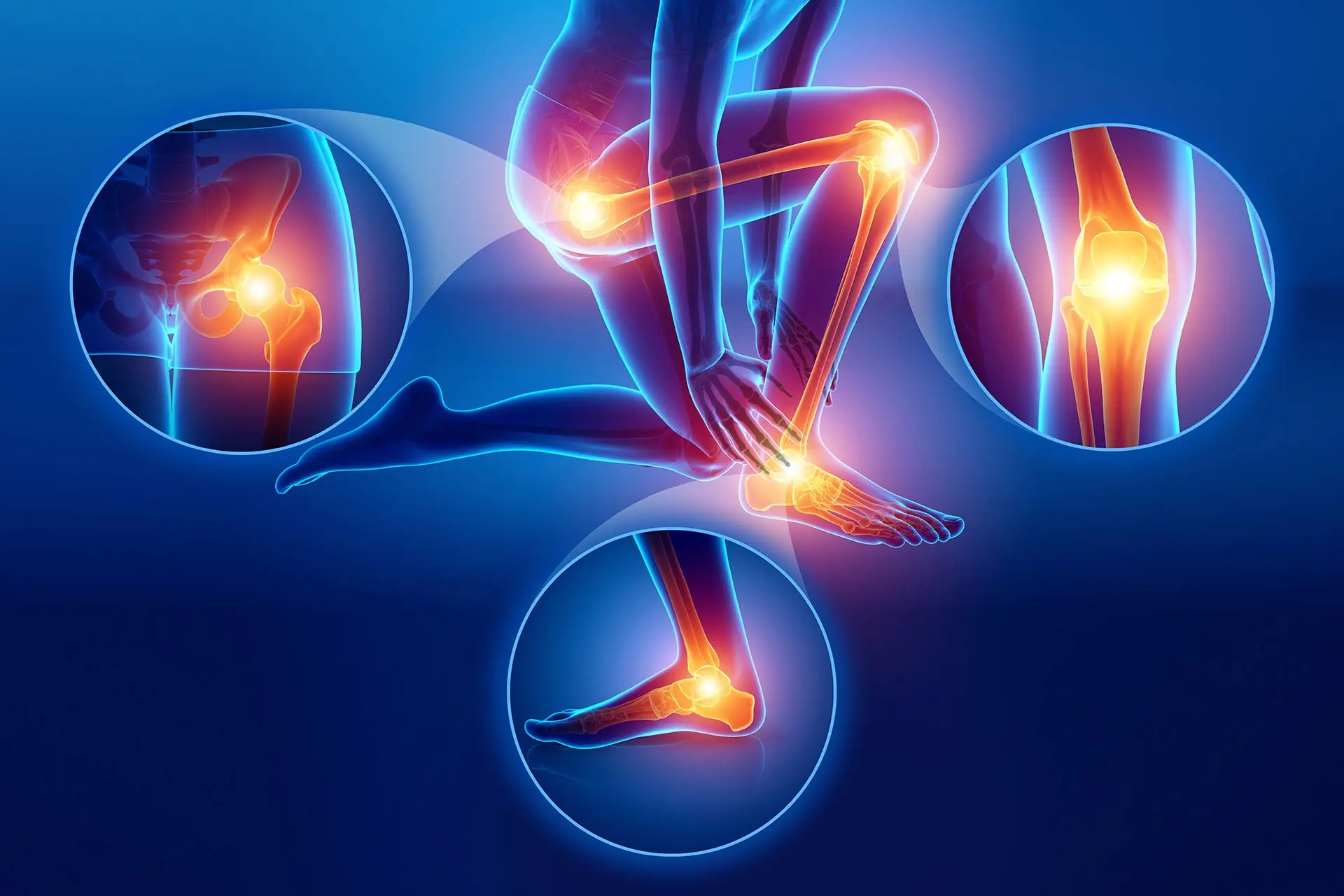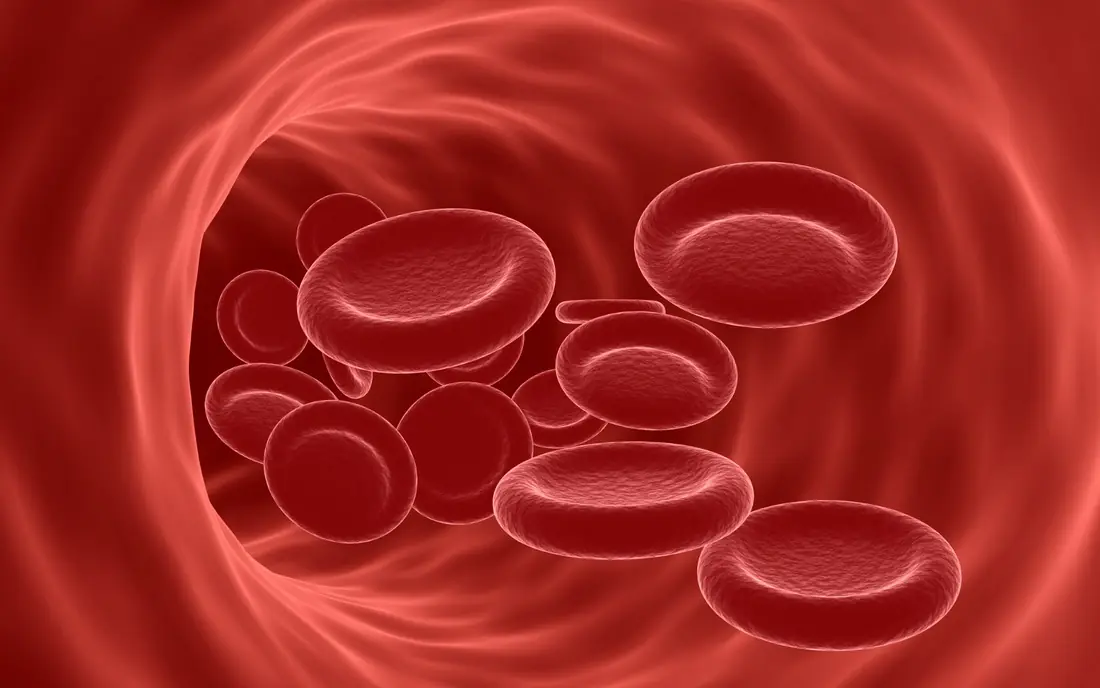10 Symptoms of Non-Celiac Gluten Sensitivity (NCGS) You Didn’t Know About (Evidence-Based)
Gluten, a protein found in wheat, barley, and rye, has become a major topic in modern health. While celiac disease is the most well-known form of gluten intolerance, a growing body of research confirms a separate condition known as non-celiac gluten sensitivity (NCGS). Unlike celiac disease, which is an autoimmune disorder, NCGS is a clinical condition with a distinct set of symptoms that can affect millions of people, often without a proper diagnosis.
Because NCGS has been historically under-recognized, many people who suffer from it are unaware that their symptoms are linked to gluten. This article will help you understand the less-obvious signs of gluten sensitivity and provide a guide on how to test for and manage it.

What is Non-Celiac Gluten Sensitivity (NCGS)?
NCGS is a condition where individuals experience adverse reactions to consuming gluten, even though they do not have celiac disease or a wheat allergy. While the exact mechanism is still being studied, it is a legitimate and distinct clinical condition confirmed by double-blind, placebo-controlled trials.
The symptoms of NCGS can be widespread and affect nearly every system of the body. Estimates suggest that up to 99% of people with gluten sensitivity may go undiagnosed because their symptoms don't fit the classic profile of celiac disease.
10 Common Signs of Non-Celiac Gluten Sensitivity
If you've been experiencing chronic or unexplained health issues, gluten sensitivity could be the underlying cause. Here are some of the most common signs.
-
Digestive Issues: The most obvious sign of gluten intolerance, including bloating, gas, abdominal pain, and diarrhea. It can also contribute to irritable bowel syndrome (IBS).
-
Emotional and Mental Health Changes: Gluten sensitivity can affect your mood, leading to depression, anxiety, and sudden mood swings. This is believed to be linked to the gut-brain connection.
-
"Brain Fog" and Neurological Symptoms: Many people with NCGS report a feeling of dizziness, lack of focus, and mental clarity. You may also experience tingling sensations or trouble with balance.
-
Chronic Headaches or Migraines: A growing body of research has found a clinical association between migraines and gastrointestinal issues, with some studies suggesting a link to gluten intolerance.
-
Persistent Fatigue: Feeling abnormally tired and exhausted throughout the day, even without significant physical or mental exertion, can be a sign of NCGS.
-
Skin Rashes and Conditions: Gluten sensitivity can manifest as various skin problems, including eczema, psoriasis, and keratosis pilaris. Keratosis pilaris, characterized by rough, discolored bumps, often appears on the upper arms, thighs, and cheeks.
-
Fibromyalgia: Several medical studies have found a high prevalence of NCGS in patients with fibromyalgia. The pain and inflammation associated with gluten sensitivity can contribute to this chronic pain condition.
-
Hormonal Imbalance: NCGS can disrupt hormonal balance, leading to worsened PMS symptoms, irregular periods, and unexplained infertility.
-
Joint Pain: Inflammation caused by gluten sensitivity can lead to pain and swelling in the joints, mimicking conditions like arthritis.
-
Poor Nutrient Absorption: The chronic inflammation of the gut can lead to malabsorption, depriving your body of essential nutrients and causing a range of seemingly unrelated symptoms.

How to Test for and Treat Gluten Sensitivity
Since there are no definitive medical tests for NCGS, the most reliable way to diagnose it is through a process of elimination.
Treatment and Management
The only effective treatment for NCGS is to eliminate gluten from your diet completely. This may seem difficult, but with a few simple strategies, it is very manageable.
-
Read Food Labels: Gluten can be found in many processed foods. Look for terms like "vegetable protein," "flour," "malt flavoring," and "hydrolyzed vegetable protein." Always opt for products explicitly labeled "gluten-free."
-
Embrace Whole Foods: Focus on naturally gluten-free foods like fruits, vegetables, lean proteins, and healthy fats.
-
Explore Gluten-Free Alternatives: The market is now full of gluten-free options for pasta, bread, baked goods, and more, so you don't have to give up your favorite foods.
-
Be Prepared: If you accidentally consume gluten, having a digestive aid on hand can help.
Gluten-Free Recipe: Cauliflower Buffalo Bites
Here is a delicious, gluten-free recipe that proves eating without gluten can be both healthy and flavorful.
-
Ingredients:
-
1 head of cauliflower, chopped into bite-sized pieces
-
1/2 cup brown rice flour (or chickpea flour)
-
1/2 cup water
-
1/2 tsp salt
-
1 tsp garlic powder
-
1/2 tsp paprika
-
1/2 cup buffalo wing sauce
-
Instructions:
-
Preheat your oven to 450°F (230°C).
-
In a bowl, whisk together the flour, water, salt, garlic powder, and paprika until smooth.
-
Coat the cauliflower pieces completely in the batter and place them on a greased, non-stick baking sheet.
-
Bake for 15-20 minutes, or until the tops begin to color. Toss the florets halfway through.
-
Remove from the oven and gently toss the cauliflower in the buffalo sauce.
-
Place the cauliflower bites back on the baking sheet and bake for another 5-10 minutes, or until they are crispy.
-
Let them cool for 15-20 minutes before serving with your favorite dip.





